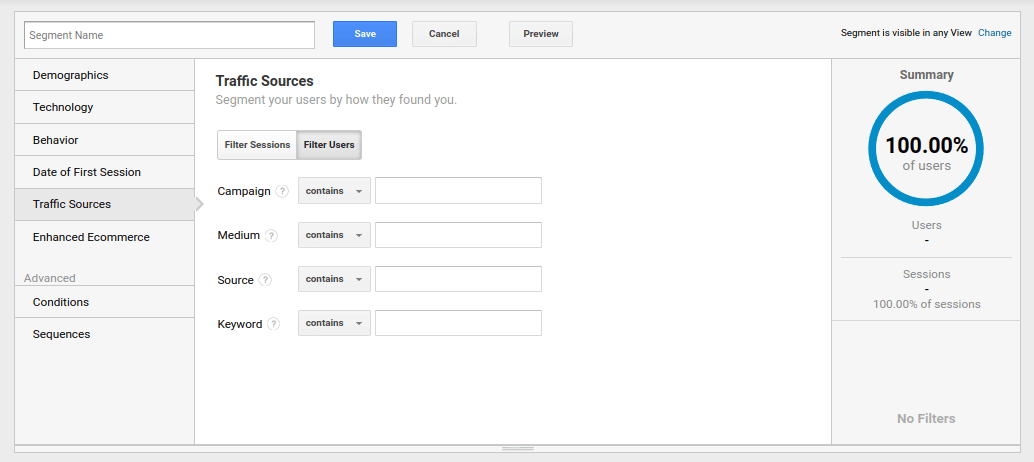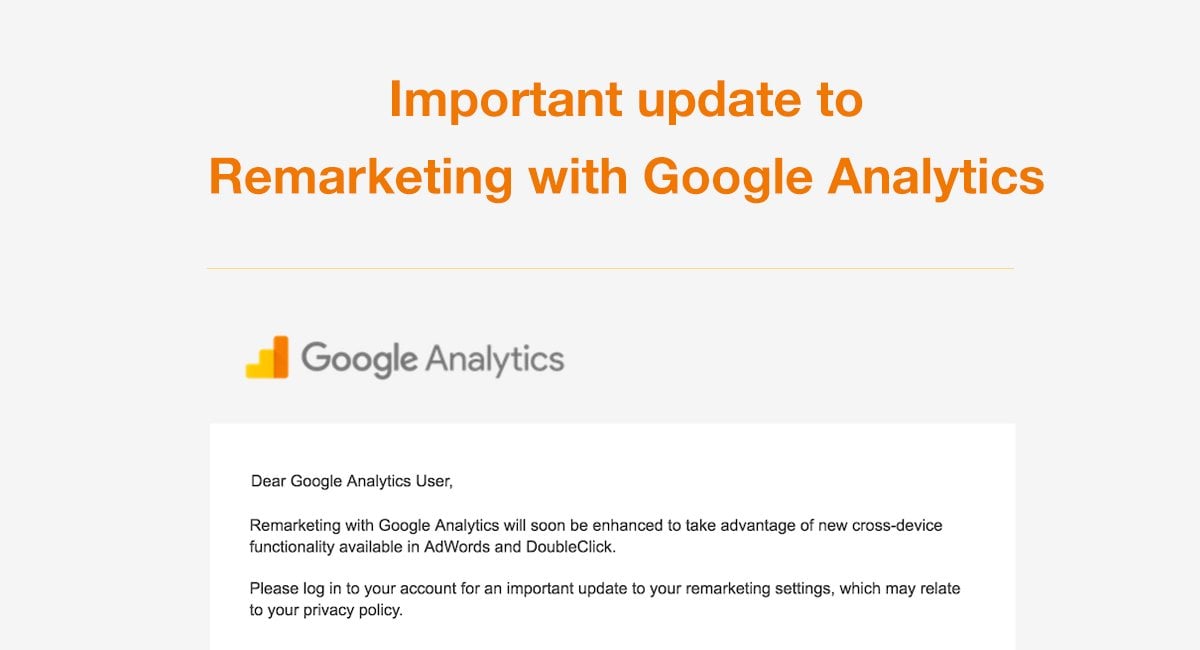Step-by-Step Tutorial: Remarketing In Google Analytics
Step-by-Step Tutorial: Remarketing In Google Analytics
Blog Article
Taking Advantage Of Remarketing in Google Analytics: A Comprehensive Overview
Taking advantage of remarketing in Google Analytics provides companies a calculated side in getting to out to possible consumers. This overview will certainly lose light on the crucial steps involved in harnessing the full capacity of remarketing in Google Analytics, leading to enhanced advertising and marketing results.
Recognizing Remarketing in Google Analytics
Remarketing in Google Analytics enables businesses to purposefully target users that have previously interacted with their website or mobile application. By leveraging data from Google Analytics, services can develop personalized remarketing checklists based upon user actions, such as pages seen, actions taken, or details goals achieved. This effective device allows businesses to re-engage with customers who have revealed rate of interest in their services or items, inevitably enhancing the likelihood of conversion.
Comprehending the different types of remarketing techniques is essential for an effective campaign - What Is “Remarketing” In Google Analytics?. Google Analytics offers numerous options, including conventional remarketing, vibrant remarketing, and remarketing listings for search ads (RLSA) Each type serves an unique objective and can be customized to fulfill particular advertising purposes
Furthermore, examining the efficiency of remarketing projects is important for maximizing results. Google Analytics offers valuable insights right into the performance of various remarketing strategies, permitting services to make data-driven choices and fine-tune their targeting approach. By continuously changing and checking remarketing initiatives based on analytics data, companies can make the most of ROI and drive success in their advertising and marketing campaigns.
Establishing Up Remarketing Projects

After establishing up target market lists, the following action is to link Google Analytics with Google Advertisements. By connecting these 2 platforms, companies can effortlessly transfer target market lists from Google Analytics to Google Ads for remarketing objectives. This assimilation enables more accurate targeting and much better project performance.
Once the accounts are linked, businesses can produce remarketing campaigns in Google Advertisements using the target market details previously specified in Google Analytics. These campaigns can be personalized with certain ad creatives, messaging, and bidding techniques to efficiently re-engage with past site visitors and drive conversions. By adhering to these steps, companies can leverage the power of remarketing to boost their advertising and marketing initiatives and boost ROI.
Utilizing Audience Division Methods

Predefined sectors in Google Analytics allow you to quickly examine common target market categories fresh users, returning individuals, or users that completed a particular objective on your site. Personalized sectors, on the other hand, enable you to produce one-of-a-kind sectors based upon particular standards that are important to your service objectives. Dynamic remarketing lists immediately readjust based on customer actions, showing personalized advertisements to individuals that have communicated with your website specifically ways.
Studying Remarketing Efficiency Metrics
Upon assessing the performance of remarketing projects in Google Analytics, the evaluation of crucial efficiency metrics supplies important insights right into target market involvement and conversion prices. By delving right into metrics such as click-through rates (CTR), conversion prices, expense per procurement (CERTIFIED PUBLIC ACCOUNTANT), and return on advertisement spend (ROAS), online marketers can evaluate the success of their remarketing initiatives. Examining these metrics enables online marketers to enhance projects, fine-tune target market targeting, and assign spending plans effectively to enhance overall remarketing efficiency.
Optimizing Remarketing Methods
When refining remarketing techniques in Google Analytics, concentrating on target market division is critical for accomplishing campaign success. By splitting your audience into details sectors based on their behavior, demographics, or interests, you can customize your ads better to each team. This targeted technique enhances the probability of involving users who have actually already revealed interest in your solutions or products, resulting in greater conversion rates.
Another important element of enhancing go to the website remarketing strategies is continually testing and refining your campaigns (What Is “Remarketing” In Google Analytics?). A/B screening various ad creatives, messaging, or deals can help you determine what resonates best with your audience and drives additional info the most conversions. By examining the performance of these tests in Google Analytics, you can make data-driven decisions to maximize your remarketing efforts better
In addition, leveraging vibrant remarketing can considerably boost your project results. This feature permits you to show personalized ads to users based on their past communications with your internet site, showcasing products or solutions they have previously seen. By providing customized web content to users based upon their passions and actions, vibrant remarketing can aid boost interaction and drive conversions.
Final Thought
Finally, utilizing remarketing in Google Analytics is a calculated technique to target users who have formerly involved with an internet site. By developing personalized audience checklists and utilizing target market segmentation techniques, businesses can maximize remarketing advocate enhanced conversion rates. Analyzing performance metrics and constantly enhancing strategies are important read more for maximizing the performance of remarketing efforts.
Google Analytics offers different choices, including conventional remarketing, vibrant remarketing, and remarketing listings for search advertisements (RLSA)After establishing up target market lists, the next action is to connect Google Analytics with Google Ads. By connecting these two platforms, organizations can flawlessly transfer audience listings from Google Analytics to Google Ads for remarketing functions.When the accounts are linked, services can develop remarketing campaigns in Google Ads using the target market details previously specified in Google Analytics.When refining remarketing techniques in Google Analytics, concentrating on audience division is paramount for attaining project success.
Report this page